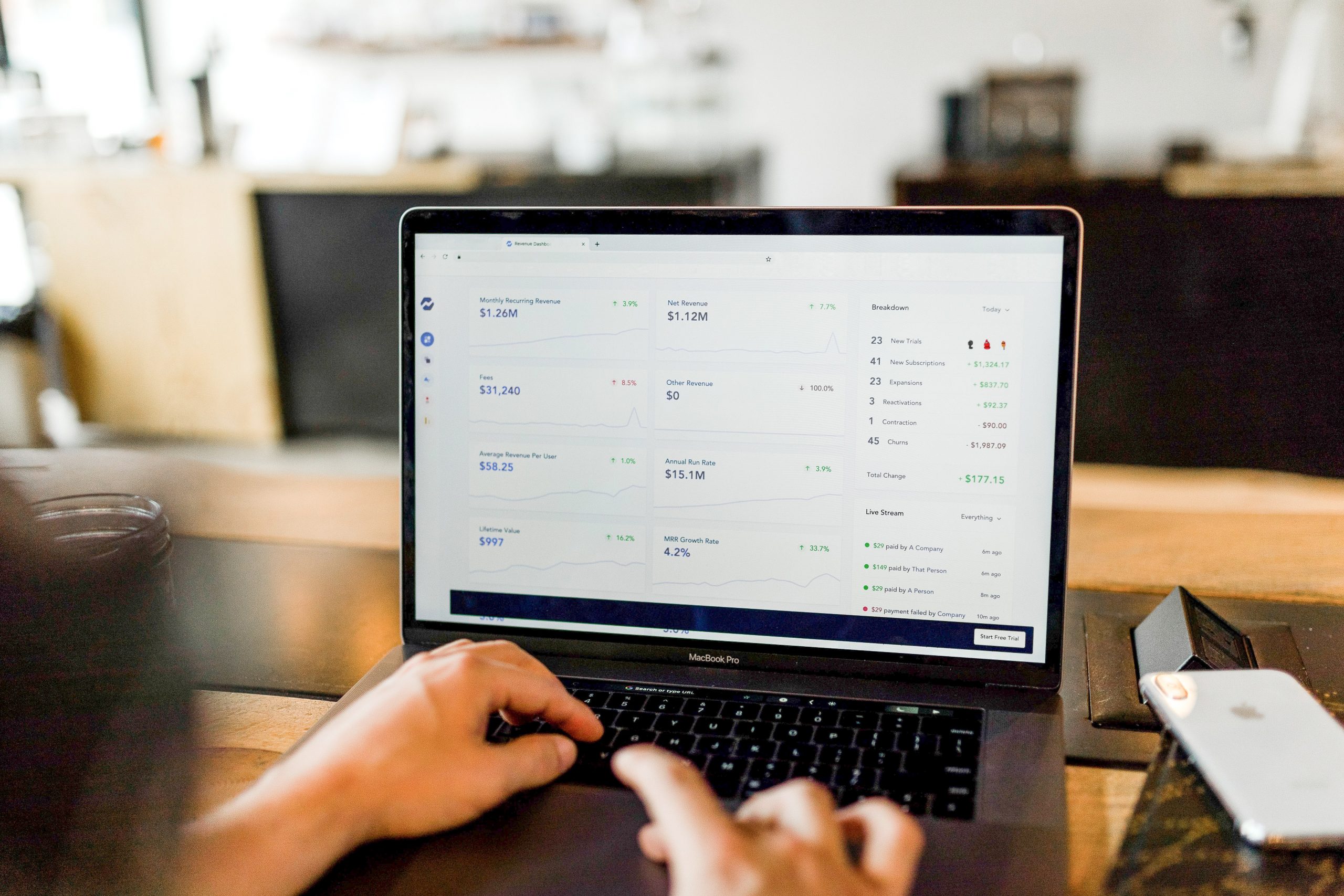Last week we shared information about Key Number 1, being Revenue Growth Percentage. This week we’re introducing Key Number 2, being Price Change Percentage.
This means the percentage increase or decrease of the price, at which you sell your products or services.
In a highly competitive marketplace it’s tempting to sell for the cheapest price possible. This is fine, but let’s state the obvious … if you’re not covering your real costs with the price you’re charging … then you’re not going to make a profit!
A common trap is that many businesses fail to increase prices regularly by small amounts e.g. by the Consumer Price Index (CPI), or where there are increases in transport costs like fuel.
Failing to do this will cause margin squeeze. This means, your gross profit suffers, due to increased costs associated with delivering the goods or services.
Customers get a shock if you are forced to make a sudden large increase, whereas regular small increases are much easier for customers to stomach.
Major fast food chains are experts at this. A company rep noticed that the cost of his breakfast was $8.90, when on a previous occasion it was $8.50. That’s a 4.7% price increase.
It was barely noticeable and that person didn’t see it as significant enough to take his business elsewhere for the sake of an extra 40 cents.
This increase is probably quite justified with increased costs to deliver, present, market and sell the product. It’s a good lesson for the rest of us and one way they can maintain profitability and hence viability!
There’s no reason why most other businesses don’t do the same. And it’s not necessary to announce it to the world, as you see some business owners do, with signs such as: “We apologise for the inconvenience but because of increases to our costs and staff wages we have to put up our prices … blah, blah, blah”
Don’t fear losing customers by putting up prices. The reality is that you may not lose as many as you think. We say adopt quarterly small increase methods, small, regular and incremental price increases. If you do lose a small number of customers, they may be the most cost conscious anyway and it may not be such a bad thing. Modelling has shown that increased price and reduced overall revenue could, in some circumstances, actually have a positive impact on your bottom line.
Discounting Traps
You may be discounting some products or services in order to attract business for other more profitable ones. If you are planning to discount it’s vital to know what impact it will have on your profit and cash flow. Here is a table showing how much more sales volume needs to be achieved to cover the impact of a discount.
In this table you can see that a 10% discount would reduce our gross profit to $500,000 or 55.56%.
To maintain the same gross profit dollar figure as before we offered a discount, we would need to sell 20% more products or services.
This is important to know, because if increased volume isn’t achieved, the discount is coming straight off the bottom line profit!
Seven ways to achieve a Price Increase and when to do it:
- Best customer service: Provide the best possible customer service and value compared to your competitors – not all customers buy on price alone.
- Promote your POD: Promote the perception of quality and make it your ‘Point of Difference’, make sure your customers know you are different and better. Make the ‘invisible’ ‘visible’.
- USP: Emphasise your ‘Unique Selling Proposition’ – Is there something that you do that others don’t? Don’t assume they know just because you do.
- Small regular price increases: Do small regular price increases e.g. CPI at end of year and write it into contracts. These are much easier to achieve than big irregular increases.
- Track Margins to increase: Connect price increases with supply increases – keep track of your margins to see when to do this.
- Know your customers: Ask how they value your product or service. Happy customers should be happy to pay for good quality products and services and appreciate that you have to run a sustainable business.
- Sack “C” class customers: This may be a scary one but there may come a time when you need to ‘sack’ some customers. Price focussed, demanding, slow paying customers can take up a huge amount of time and be less profitable than you think. The time you spend on them could be more profitably spent on good customers. If you feel brave and the time is right, it may be time to categorise your customers and focus on the better ones.
Note: In our QuickCall business example shown earlier – every 1% increase added $9,160 to the cash flow.
Look out for our next blog post for more detailed information about each of the Seven Key Numbers and ways to improve them.
If you don’t want to wait for the next blog post and you’re keen to get started improving your Seven Key Numbers right now… Download our eBook ‘The Seven Key Numbers that Drive Profit and Cash Flow’






